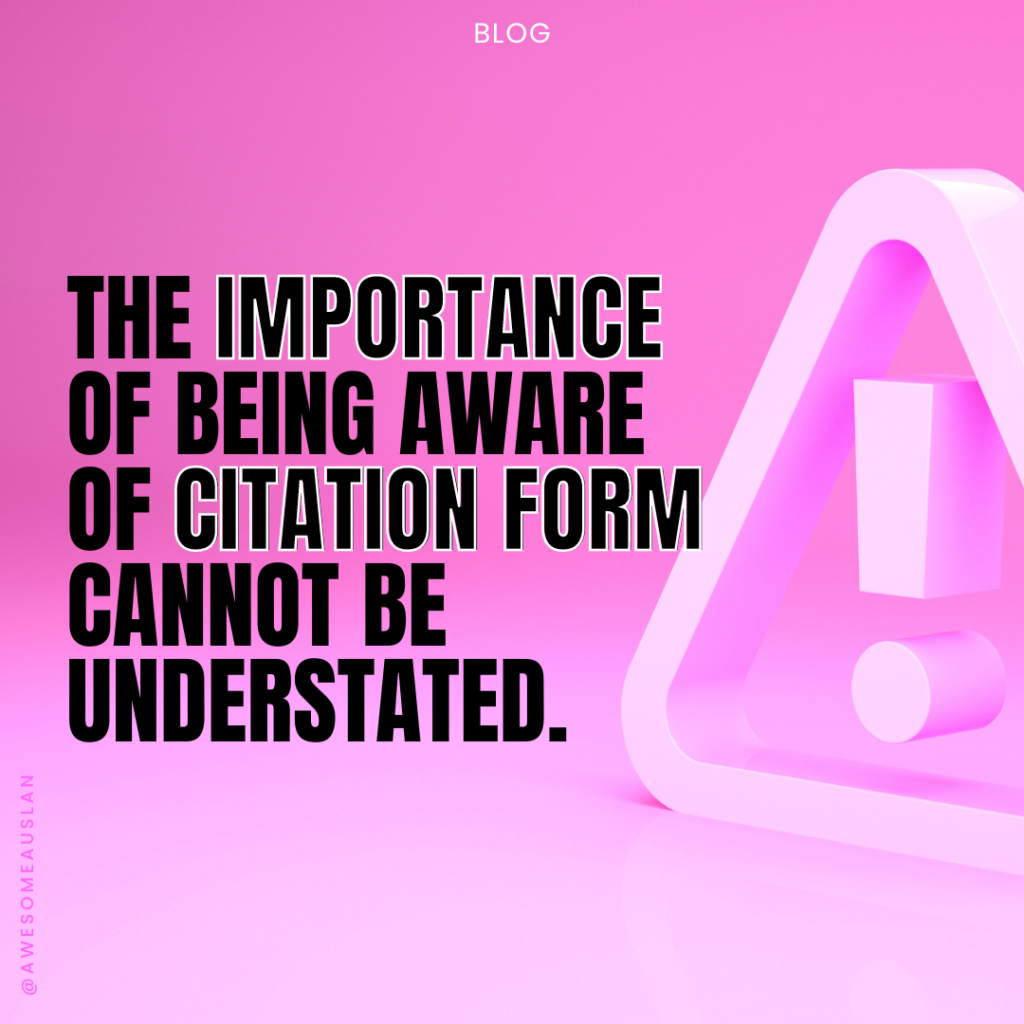This is a reminder for all people using and learning Auslan: Don’t assume you know or are using the citation form of a sign.
Also, don’t assume that the person you are copying from or learning from necessarily knows, or is using, the correct citation form either.
I speak from personal experience.
Citation form refers to the basic form of a sign, without modifications, as found in a dictionary. Citation form is the correct way to produce a sign, in isolation, without any influence from other signs; just the sign without any emotion or non-manual features.
When you meet Deaf people/Auslan users, they won’t necessarily use citation form for every sign. Just like when you meet English speakers, they won’t speak ‘proper’ English in every word and sentence.
Consider that the words used in everyday English conversation often differ from what we’d see in the dictionary. The same happens in Auslan.
Think about NAME and KNOW. When you see native signers do these signs in full fluency, they rarely begin at the citation form location (the temple).
I’ve been using Auslan for years so imagine my astonishment when I realised only recently that I’ve been doing (and teaching) some signs wrong – since I was 16 years old!
As I’ve been teaching Auslan formally for the past few years, I really feel the impact and responsibility of this. This means that my students who learned from me also unwittingly learned the wrong formation of these signs.
*(See blog: Why we are so Protective about Appropriation of our Language)
Side note: if you’re a past student of mine, double check these signs you may have learned from me – I likely taught you wrong *gulp* -Sorry!
1/ IMPORTANT (dominant hand – flick to spread – bounces on the subordinate pointer)
2/ EXCUSE (it’s the dominant pointer touching the subordinate E then landing on top to form an X)
You will learn many new signs while in the Deaf community or with your Deaf friends. And while that’s truly awesome, there is an element of responsibility with the onus on you to check that you are doing the signs correctly – no matter from where or whom you’ve learnt the signs (consider HOLME-NMF).
The importance of being aware of citation form cannot be understated.
Knowing the citation form, and therefore the correct formation of signs you use, will ensure your signing is accurate and correct.
This is doubly important if you are a steward of the language such as an Auslan teacher, teacher of the Deaf, parent of Deaf, Auslan Language Model (ALM), interpreter and/or EI (educational interpreter).
Hope you found this handy and keep up your Awesome Auslan!
Disclaimer This information is entirely subjective and based on my personal experience, interpretation and understanding of the subject matter.

As a Deaf person who has used, loved, and continued to learn Auslan throughout my life, it was when I started studying the Diploma of Auslan (Deaf cohort 2018) that I was awestruck by how beautifully complex Auslan is.

